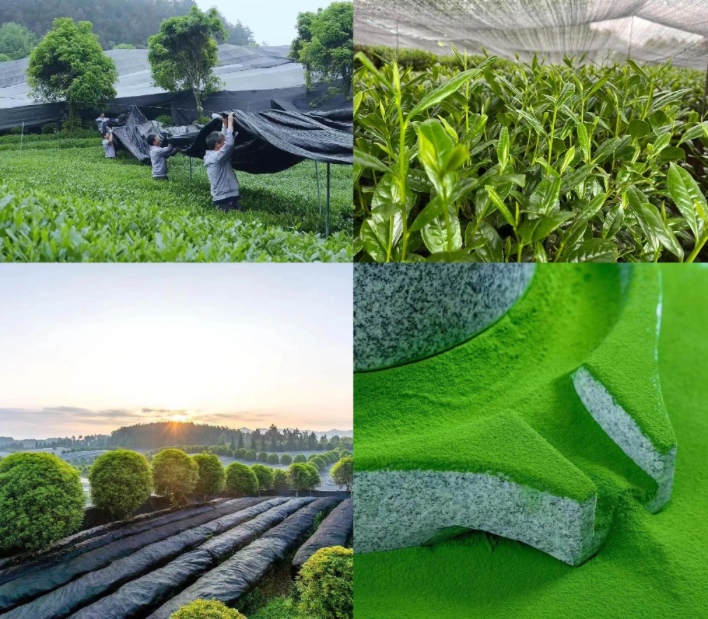Do you really know what matcha is?

Can the matcha lovers in the comments section tell me, do you know where matcha comes from?
If it weren't for matcha, you'd be hard pressed to see large shade-covered tea plantations anywhere else.
As well, do you know why the tea tree, the raw material for matcha, grows under shade cover?
First of all, shade-covered matcha leaves preserve the maximum amount of the amino acid component, theanine, which is responsible for the sweet flavor and seaweed aroma.
Theanine is a unique amino acid whose chemical structure is similar to that of glutamic acid, which is found in seaweed in very high concentrations, and this is the reason why high-quality matcha has a seaweed flavor.
In addition, the tea tree's light is reduced by about 90% after shade coverage, and the leaves work hard to synthesize more chlorophyll after the reduction of direct light, which is the reason why matcha tea leaves are more oily and bright green compared to unshaded green tea.
In fact, it is still very different from the green tea we usually drink.
-
Matcha's chlorophyll content is 5 to 6 times higher than that of green tea: the average chlorophyll content in finished dried green tea is generally 0.6 %, while the chlorophyll content in matcha can be up to 3 to 5 %.

